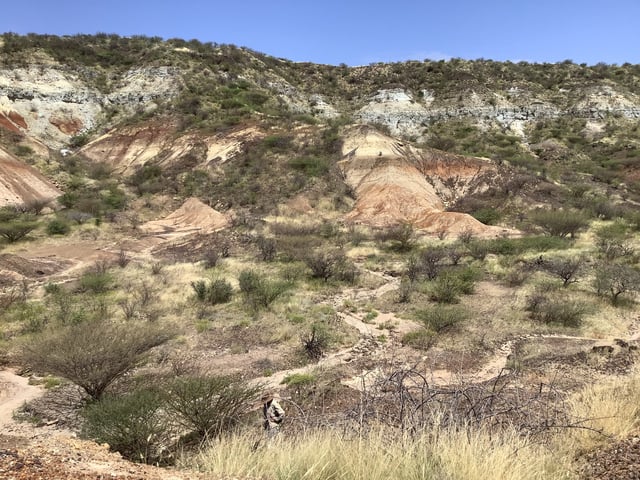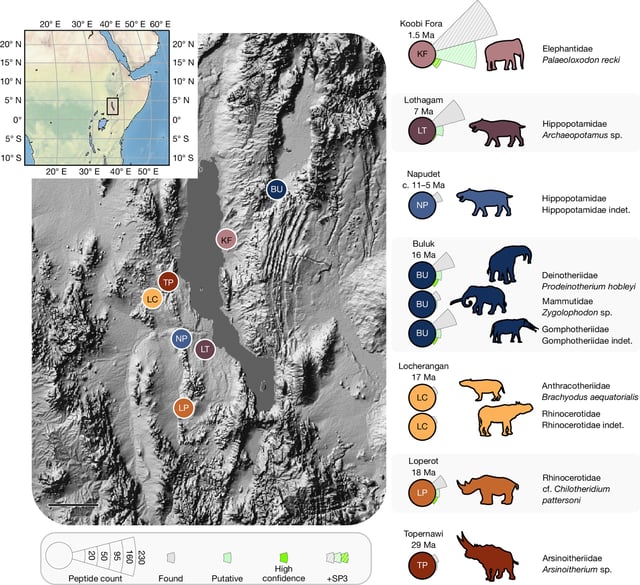Overview
- Researchers sequenced protein fragments from dental enamel of extinct mammals in Kenya’s Rift Valley dating back 18 million years and from a 21–24 Ma rhino tooth in Canada’s High Arctic.
- Using liquid chromatography tandem mass spectrometry, teams identified diverse peptide sequences that extend the molecular fossil record by ten- to fifteenfold beyond previous protein recovery limits.
- The distinct preservation of enamel proteins in both scorching and freezing conditions demonstrates the protective role of enamel’s mineral matrix in long-term biomolecular survival.
- Ancient proteins from a 23 Ma rhinocerotid specimen allowed placement of Epiaceratherium itjilik on a phylogenetic tree, refining divergence estimates within the rhino lineage.
- These advances pave the way for paleoproteomic studies of even older fossils, raising the prospect of retrieving proteins from Mesozoic species including dinosaurs.



